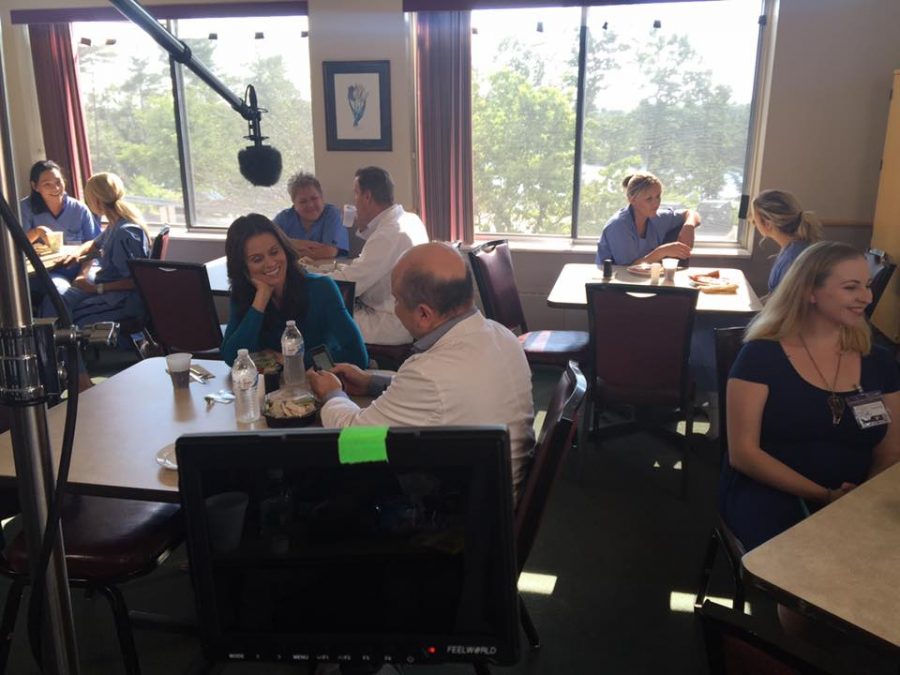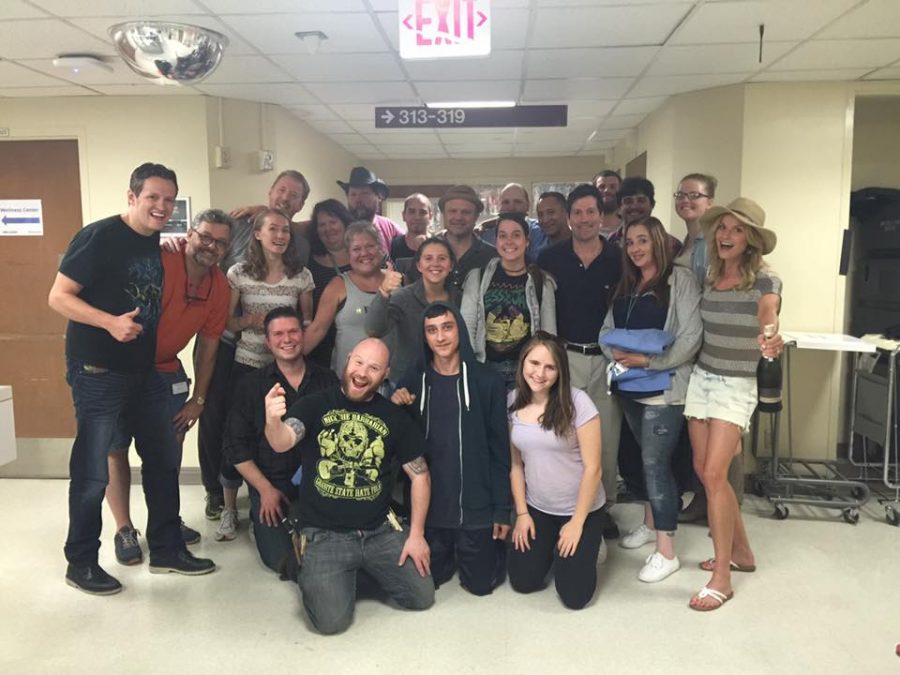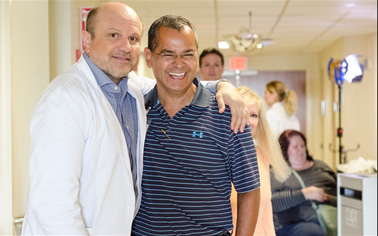WHAT TO DO WHEN THE PATIENT WANTS ONE THING AND HIS FAMILY WANTS ANOTHER
In At Death’s Door, I didn’t discuss some of the legal complications, because some of these issues are too complicated. So here I wanted to discuss some of these subjects, which were left out of the book.
As noted in the book, the different procedures that hospitals and I follow are shaped by state and federal laws and regulations affecting end-of-life care. While we can offer our expertise about what treatments to provide under what conditions and when to apply the DNR/DNI or modified DNR procedures, the laws affect what we can and cannot do.
An example of a legal quandary is the patient who is too sick to want to live, but he or she opts to struggle to survive to please family members who want to do everything for that person to remain alive. The legal issue comes up when the patient signs a legal DNR/DNI status document; but then seeks further treatment to overturn that status, despite medical advice that any treatment will only prolong his pain and suffering. So knowing the patient is only doing it for the relatives, legally, what should the hospital and doctors do? Should they provide care or not when it only adds to the patient’s suffering until a certain end in the very near future? And then further complications can ensue if the patient appears to go through a period of temporary healing, such as a remission of a cancer, when the patient still has other medical problems, so his or her condition is still terminal.
Fortunately, most of these cases resolve themselves without any litigation, since patients and their families simply accept whatever is. But such situations are ripe for litigation with uncertain results if the patient’s family wishes to pursue this after the patient’s death.
One of my most memorable cases was my experience with Mr. Garfinkle, a former real estate investor of 85, who had lived a good life with a large loving family. Besides having a wife in her early 70s who was still active in community affairs, he had a half dozen children by his first and current wife, and several dozen grandchildren. So he was like the family patriarch, well-loved by the members of his family. Then, after he found it increasingly difficult to keep up on the golf course, his doctor told him that he had chronic leukemia and had it for two or three years without it being diagnosed. But now his white blood count was dangerously low, so he was prone to contract and be unable to fight off other illnesses. This condition also contributed to his feeling of low energy and weakness, when he played golf or engaged in other activities.
When I first met with him at the hospital, we discussed the end-of-life concept, and he wanted to make the necessary arrangements to go in peace, including going to a hospice to spend his last days. He gladly signed the DNR/DNI forms, telling me: “I’m glad you offer this option. I certainly don’t want the end of my life to become a long drawn out process. I lived a good life. I feel satisfied at all I accomplished, and I’m proud I can leave a good legacy to my children and grandchildren.”
With that, I thought everything was set, especially since he was sick enough to spend several days in the hospital, due to a serious case of anemia and other blood abnormalities. So it really seemed like the DNR/DNI status was the right call to reflect his wishes to spend his last days in comfort at a hospice. In fact, he selected one that was in a peaceful woodland setting by the water.
But soon after that, his regular doctor at the hospital told him that he no longer had leukemia. The doctor said he had experienced a spontaneous remission. So he cancelled his plans to go to the hospice. However, even without the leukemia diagnosis, he still had some serious problems, and a few weeks later he was back in the hospital. This time he had a shortness of breath due to a serious case of pneumonia that had infected both of his lungs. Eventually despite some treatment, he was gasping for breath again.
Thus, I had another end-of-life discussion with him. He still wanted to keep the DNR/DNI order in place, since he wanted to go quickly and in peace. Yet, his family wasn’t completely on board with his choice, and he didn’t want to upset them. His wife and daughters wanted him to get whatever treatment he could to stay alive, since people lived so much longer now.
Thus, though he had signed the DNR/DNI status paperwork for the hospital medical team to act one way, his concern with deferring to his family and doing what they wanted suggested the opposite, though he really didn’t want this. Moreover, neither I nor the medical team recommended this option of going all out to survive as long as possible. Still, he was in an end-of-life situation requiring us to quickly determine what to do, and a big complication was that he didn’t want to revisit the paperwork he had signed, since he felt caught between his wishes and what his family wanted.
The result was a great deal of back and forth between me, the patient, and the medical team members to decide what to do, as described in At Death’s Door. For a time, there was a quick reprieve from having to make a decision, when his heart suddenly started beating very quickly, which could lead to a cardiac arrest and death. But injecting a new medication slowed down his heart, so we were back to deciding what to do about his signed DNR/DNI agreement and the opposite position of his family members. Fortunately, after still more back and forth with all parties, the issue got decided when Mr. Garfinkle decided he didn’t want to take a particular heart medicine anymore. “I just want to go home and be with my family for as long as I have left,” he said. Though he was too weak to go home, he agreed to go to a nursing home which had a unit to care for patients needing extra help.
Then, a few days later, he called with his final decision based on his wife persuading him to do what the family wanted. As he explained: “I need to do whatever I can to stay alive for them. So I know that’ll mean things will be more painful. But I decided to do that since my absolute priority is my love for my family.”
Though I thought his choice wasn’t the best outcome for Mr. Garfinkle, we rescinded his DNR/DNI status, because he had the right to do whatever he wanted. So now he would be full code because that’s what his family wanted, even though medically we would have not recommended this approach. But in this case, for practical and perhaps political reasons, we decided to abide by the family wishes, since Mr. Garfinkle had decided to defer to them, and after a few weeks, he died anyway, since, as we knew, he had a very serious end-of-life condition.
Dr. Sebastian Sepulveda has had nearly 30 years’ experience as a doctor and professor of medicine, specializing in end of life care. Since 2005, he has been in private practice, and now deals with private patients and with inpatients at local hospitals who have what appears to be a terminal condition. His book At Death’s Door and TV series pilot Death’ based on his work will be released in 2017. His website is at www.atdeathsdoor.com and www.atdeathsdoorbook.com.





